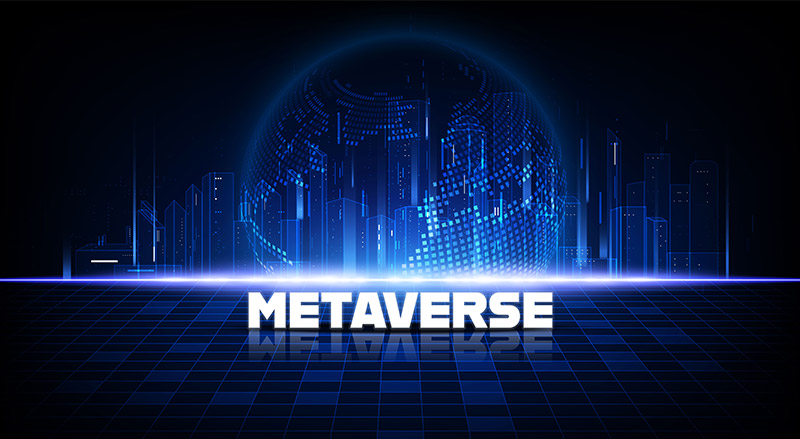The Metaverse concept traces its origins back to the early 1990s, but it’s only in the past few years, technological advancements have made the idea more palpable. In early 2021, Mark Zuckerberg publicly announced the rebranding of the corporate entity overseeing Facebook, renaming it ‘Meta’, unveiling ambitious plans to actualise the Metaverse.
Over the years, Facebook has made substantial investments in virtual and augmented reality technology. It has also expanded its reach into various sectors, including the Facebook marketplace, app store, live-streaming, advertising, and analytics programs.
Other major players expressing a keen interest in the Metaverse include Epic Games, Microsoft, Apple, and NVidia. These companies naturally align with the immersive virtual reality multimedia world. Epic Games, with support from Sony and Lego, is actively developing a family-friendly Metaverse.
Download eBook: Your introduction to the Metaverse
Their project builds upon the groundwork laid by Roblox, allowing users to create virtual worlds from scratch. These worlds can be shared with others, offering diverse activities ranging from hosting virtual parties and engaging in shower simulators to chasing werewolves.
Building the Metaverse on the blockchain
By employing a common protocol, it becomes possible to maintain a certain level of functionality with significantly reduced technical complexities.
Furthermore, the existence of a native monetary unit for value exchange can facilitate users in transferring funds seamlessly between different realms. A native value system eliminates the need to route funds back through a central payment processor like PayPal or depend on the integration of PayPal accounts with distinct accounts offered by various Metaverse proprietors.
This would lead to a reduction in fees for customers and establish a more secure monetary exchange system. If the Meta Metaverse relies on PayPal for funding, it still has to manage internal accounting for user transactions and implement safeguards against double-spending, effectively acting as a mint.
Apple and Epic Games would face similar challenges. Apart from the technical complexities of interoperability and security, this approach is highly inefficient, as multiple providers independently address the same issues within isolated environments.
A more effective and mutually beneficial solution would be for these companies to relinquish some control over user-generated content in their respective Metaverses. Instead, they could compete by offering appealing services denominated in a token settled on a suitable blockchain. This arrangement would streamline operations and benefit all parties involved.
BSV blockchain is the perfect fit
Without being underwritten by a stable carrier technology which allows for interoperability, immutable records, a robust suite of transactional capabilities, and micropayment capabilities with near-zero fees, the idea of the Metaverse is dead in the water.
Regrettably, a significant portion of the established Silicon Valley and big tech industry has embraced a parasitic business model centred around confining users within walled gardens and maintaining extensive silos of user data. They exploit this access by selling the data to advertisers, thereby worsening the overall Internet experience. Consequently, these industry incumbents perceive a threat in emerging technologies that have the potential to entirely undermine this exploitative business model.
